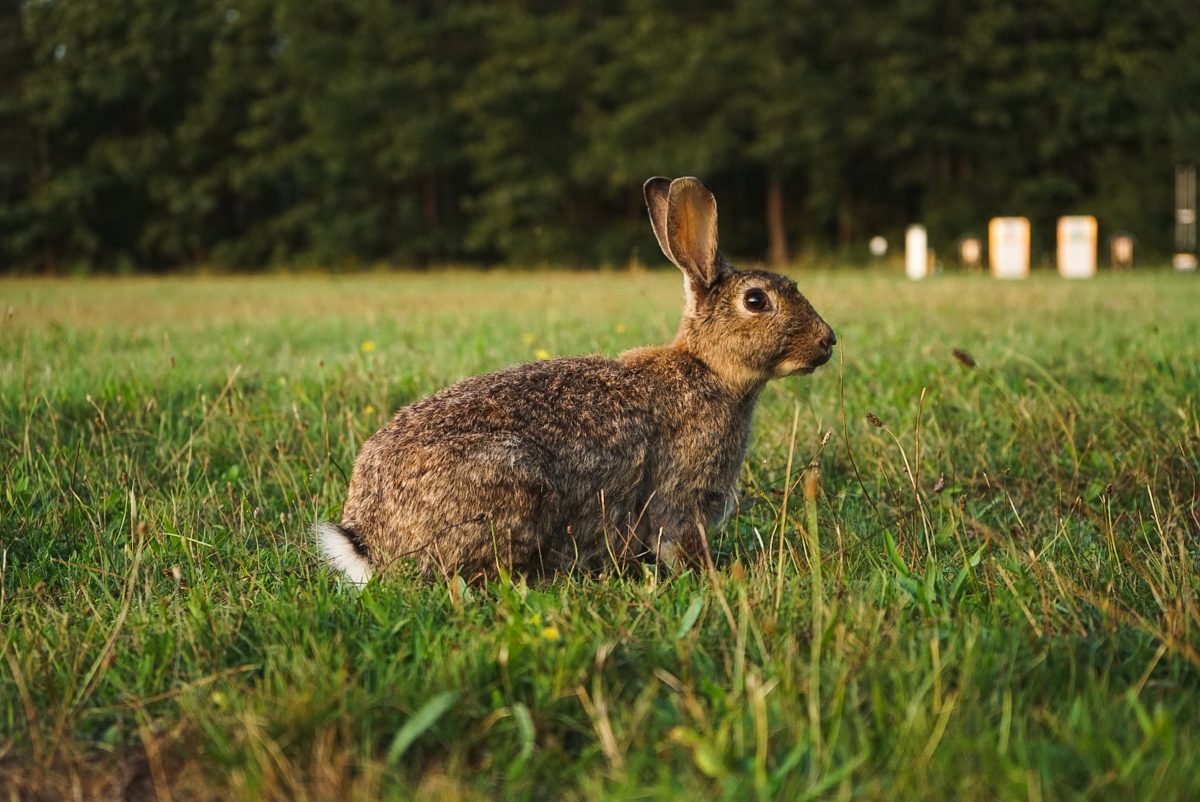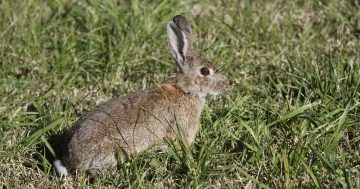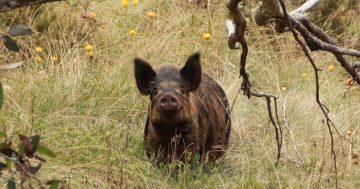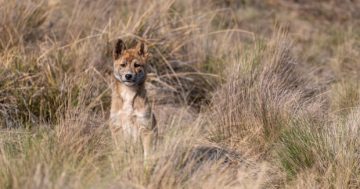
Canberra’s rabbit population has grown in recent years due to favourable breeding conditions. Photo: Dylan Calluy.
About 150 rabbits have been “rehomed to the freezer” of the National Zoo as part of management control of the introduced species.
Their carcasses were donated as food for the animals by a contractor with the National Capital Authority (NCA).
NCA Open Space Manager Michelle Jeffrey said the contractor had made the decision himself after completing recent population control activities.
“These are an introduced, invasive species and this is done under controls with very skilled and qualified people,” she said.
“This has re-purposed that resource and it means it hasn’t gone to waste, it hasn’t gone into landfill, it hasn’t been discarded without any use.
“In some ways, you could say this is part of a sustainable practice.”
The NCA could only conduct rabbit control methods on land which it oversaw, such as the National Triangle.
It had carried out shooting activities on Acton Peninsula in the past, and in some unspecified locations as well.
While some people may disagree with the method, Ms Jeffrey said it did deliver measurable results.
“The majority of the 150 rabbits [the contractor collected] was from the first night on site,” she said.
“He bagged the largest percentage the first night, and on each visit there were fewer and fewer rabbits.”
Ms Jeffrey said the population had recently exploded and management was becoming more difficult.
“We have done baiting programs in the past but it’s only effective if there’s not much food around … [at the moment] it’s highly unlikely bait would be taken,” she said.
“We also know birds of prey visit the area and if a rabbit carcass has been baited and then picked up, that bird of prey becomes targeted.
“If a domestic cat ate a poisoned rabbit, it’s highly probable it will become a victim as well.”
Factors considered when choosing a rabbit control method were how humane it would be, the cost, the location, the efficacy and the risk to other species.
Ms Jeffrey said the rabbit population was considered by the NCA as a “landscape management issue” which needed to be addressed.
“They are a large agricultural and urban problem,” she said.
“They cost our agricultural economy about $216 million a year in damage to the land.”
Recent wet conditions signalled favourable breeding in rabbits, which could have four or more litters each year. Each litter could contain 12 kittens, and rabbits begin breeding when they’re four months old.
“The term ‘breed like rabbits’ really has a lot of proof to it,” Ms Jeffrey said.
This was the first time rabbits had been provided in this way to the National Zoo, and they weren’t the main source of food of any of the animals.
Executive Manager Russell Jackson said they were “fed sparingly” to some of the smaller carnivores.
“This includes servals, pythons and constrictors, cheetahs and Devils,” he said.
“We would typically purchase them from licensed pest controllers.”
He said the zoo encouraged sustainable practices wherever “possible and practicable” when the situation allowed.
















